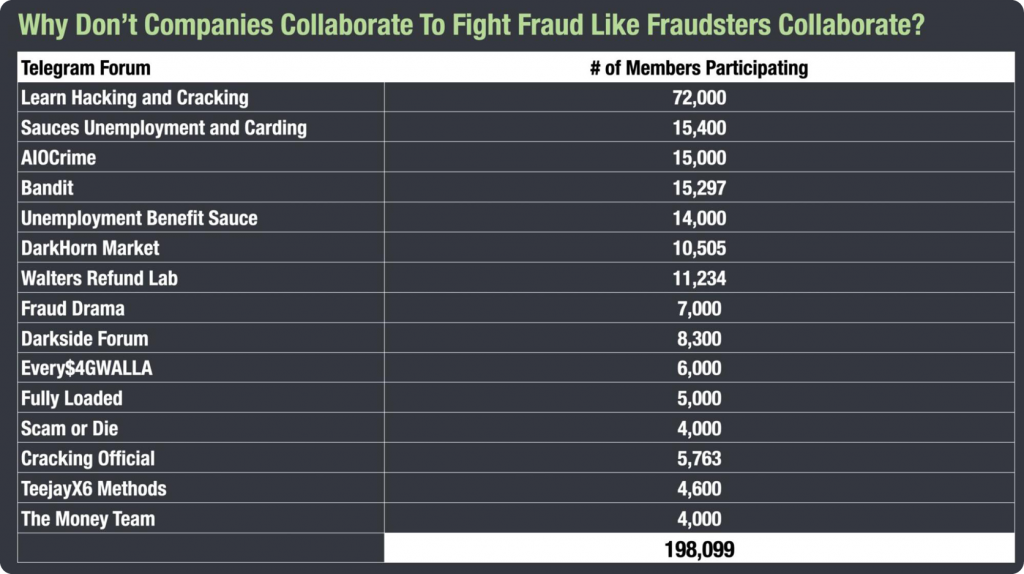With the rise of widely available fintech services, our online landscape has evolved into a complex web of services. From the point of view of a user, there are a million ways to either make money online or simply to move funds around from the comfort of their own home.
However, criminals are becoming more and more organized in their attempts to defraud both consumers and organizations, working through a host of communication channels and tapping into some of the most advanced techniques.
Think of these as the big heists of the online world.
From Fraud to Hold Up
These elaborate schemes operate under the assumption that not only do online companies not share information with one another but frequently there will be blindness even within an organization between departments.
Fraudsters and cybercriminals capitalize on this, and come up with fast, scalable methods for a hit and run, abusing these loopholes as fast as they can.
If your business offers a form of payout or withdrawal process, you’ve most likely faced at least one form of complex fraud scenario.
Losses due to fraudulent orders and chargebacks are easy enough to count, but what if there are anomalies in your system that remain unidentifiable or unexplainable and only become apparent when significant damage occurs.
Battling Complex Fraud
This is complex fraud – where your business is just one link in the chain of a much larger scheme.
Criminals design such schemes to look “good on paper”. The most well-known example being affiliate fraud, which can make traffic seem positive for your marketing department but is in fact misattributing commission.
Complex fraud schemes won’t tend to show any issues unless you actively seek out inconsistencies in your data. This comes from the fact that many fraudsters will have in-depth knowledge of how anti-fraud systems are connected or siloed and understand the weak points which to attack.
What’s ‘neat’ is that they also happen to work together.

Emerging technologies such as machine learning and open-source data pools can help improve the ability to detect fraud before any money is transacted and help stop cross-channel fraud schemes.
The aim of this eBook is to give you an understanding of the problem: how fraudsters operate, how they are on the lookout for loopholes – and how you can stop them.
We hope this will help you in acquiring a more holistic approach – not just to the wider environment in which fraud can and will happen, but also how your business can develop certain blindspots within processes or departments, or create bad incentives that open up financial vulnerabilities.
Stay ahead in the game – download the eBook now!








